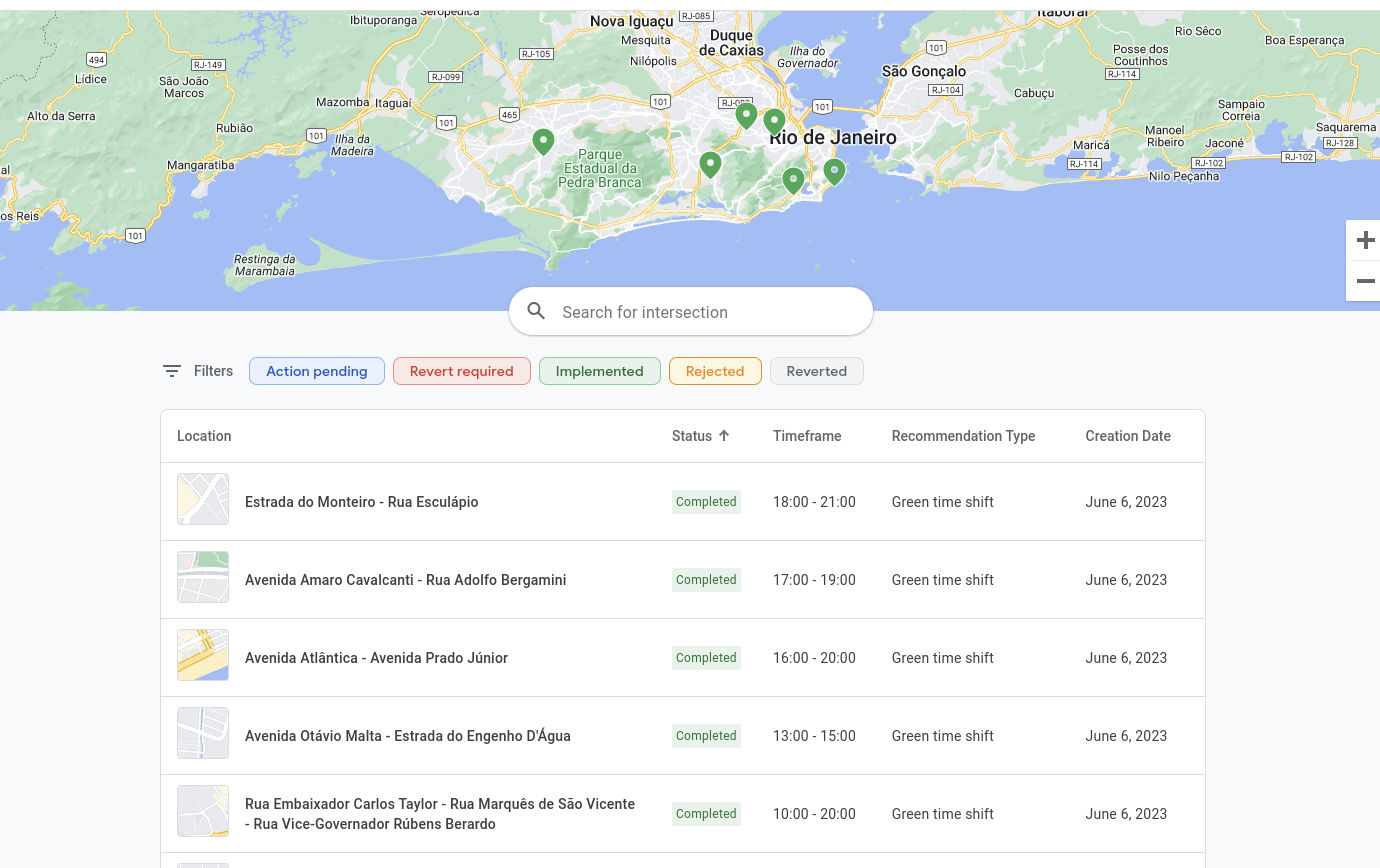

Google’s research team has developed a new system, Project Green Light, to reduce vehicle emissions and wait times at traffic signals. It uses AI to analyze the traffic patterns in a city using the data from Google Maps and other resources. The company is currently testing it in Bengaluru and several other global cities. Here are the details.
Google Project Green Light: What is it?
The Project Green Light by Google is an AI-powered system designed to improve the vehicle traffic flow in a city. Its primary objective is to reduce greenhouse emissions, which happen at traffic signals, where cars and other vehicles are forced to stop at intersections irrespective of live traffic situations. In the same process, it will also reduce the wait times of vehicles at those signals.

Google says there are two ways to improve traffic management in a city. The first method involves installing additional hardware at every intersection in a city, which senses the traffic in real-time and then adjusts the signals accordingly. Although this model has proven successful in some Western countries, it’s expensive to implement and maintain.
Project Green Light solves this problem by using AI and software. Google will analyze the regular flow of traffic, and average signal wait time, and detect traffic hotspots based on the time of the day, and other factors in a particular city. This data is processed using artificial intelligence to create a model of the system’s traffic flow.
Google will share this data with the local traffic police and regulatory authorities, which can dynamically adjust the signal timings in the city. The company says this method does not have high investment costs and can be implemented in about five minutes.

Project Green Light is being tested in Bengaluru, Kolkata, Manchester, Rio de Janeiro, Seattle, and Boston. The system also has a dashboard, which shows the traffic flows and trends of all the intersections in a city.
According to Google, Project Green Light can save up to 10% of greenhouse emissions at traffic signals, and improve traffic flow by up to 30% in a metropolitan city. Vehicle owners will also have a shorter waiting time at traffic signals, as the system will speed the traffic flow when there’s not much rush on the roads, especially in non-peak hours.
Project Green Light For Other Cities
Google is also preparing to launch its Project Green Light across multiple cities globally. The company has opened a waitlist on its official website where traffic engineers and government officials can sign up and express their interest in the project.
Vineet Kumar Goyal, the Commissioner of Kolkata Police, says that Google’s Project Green Light has been implemented across 13 intersections in Kolkata. It has helped the city to reduce traffic congestion and prevent gridlock. He also mentions that the feedback from commuters has been positive, and the traffic flow has improved at certain busy signals since the use of this new system.
Similarly, Project Green Light has received good feedback from the official traffic departments of Manchester (England) and Haifa (Israel).
The post Google’s Project Green Light Uses AI to Tackle Traffic: Here’s How it Works appeared first on MySmartPrice.